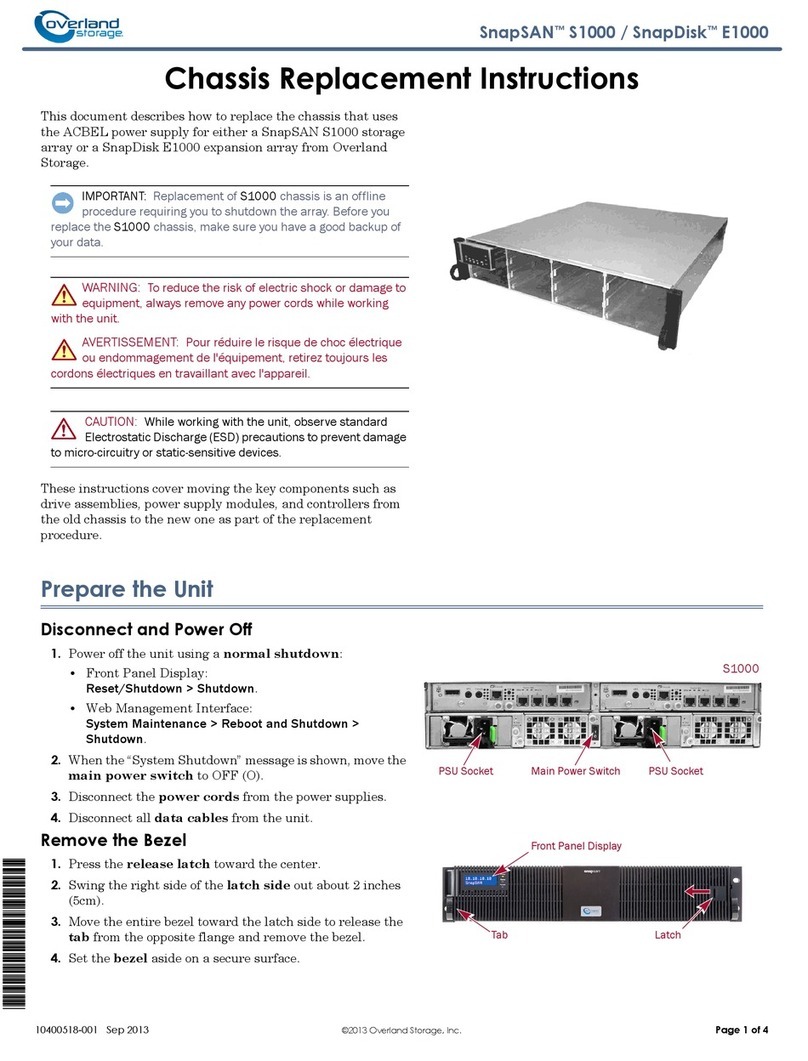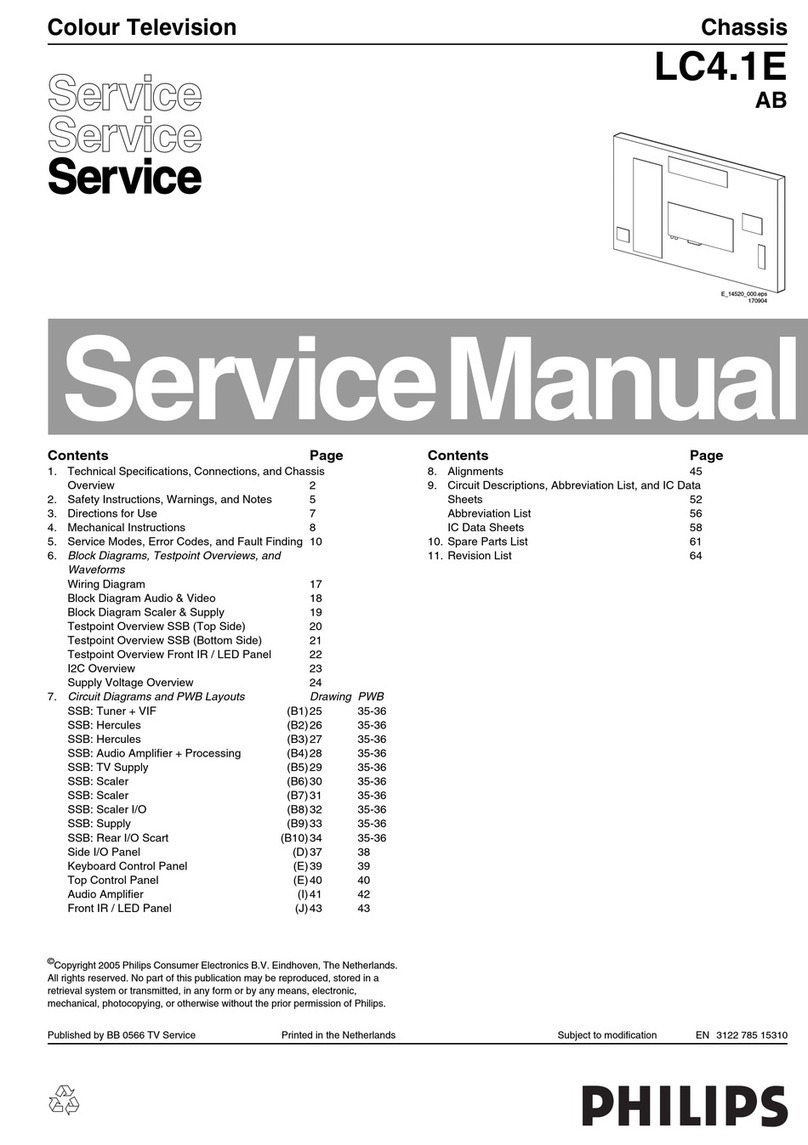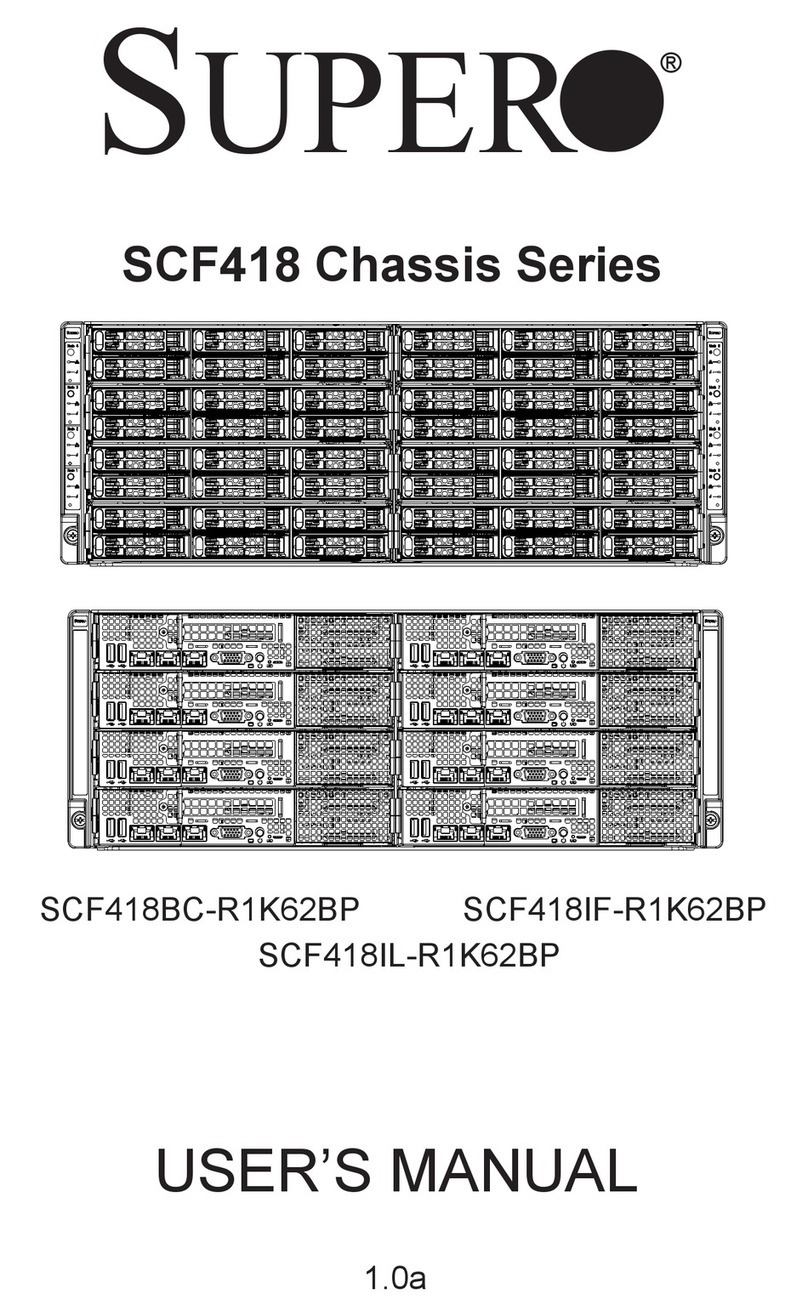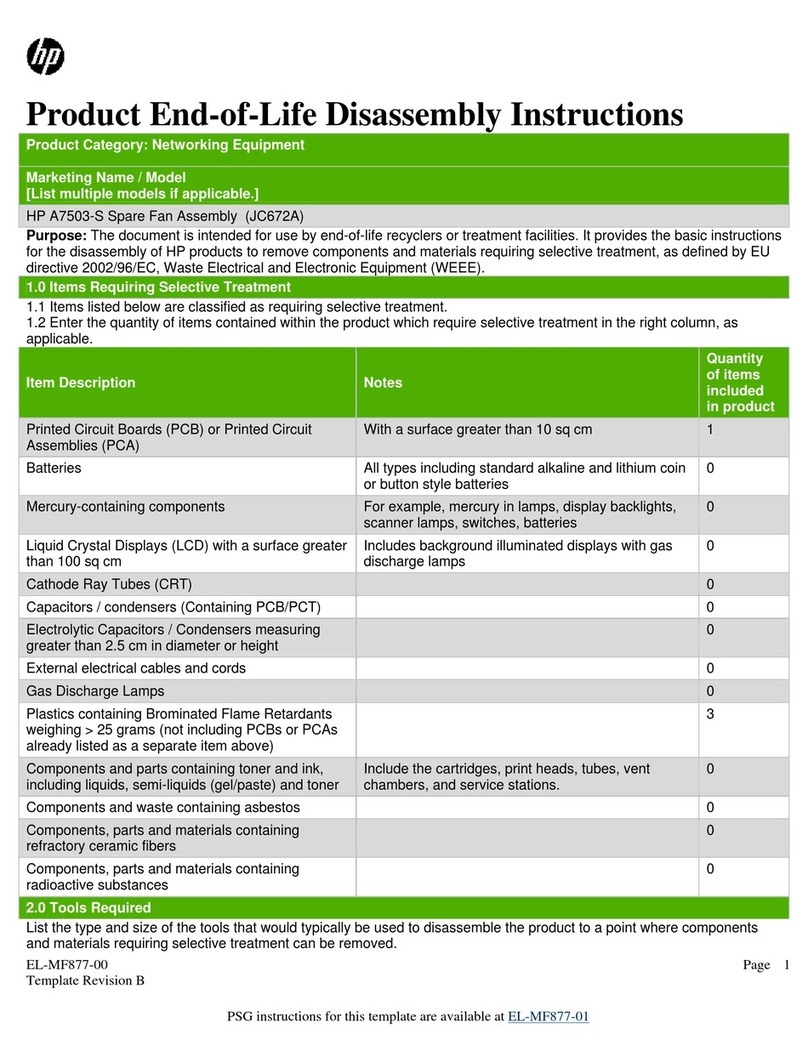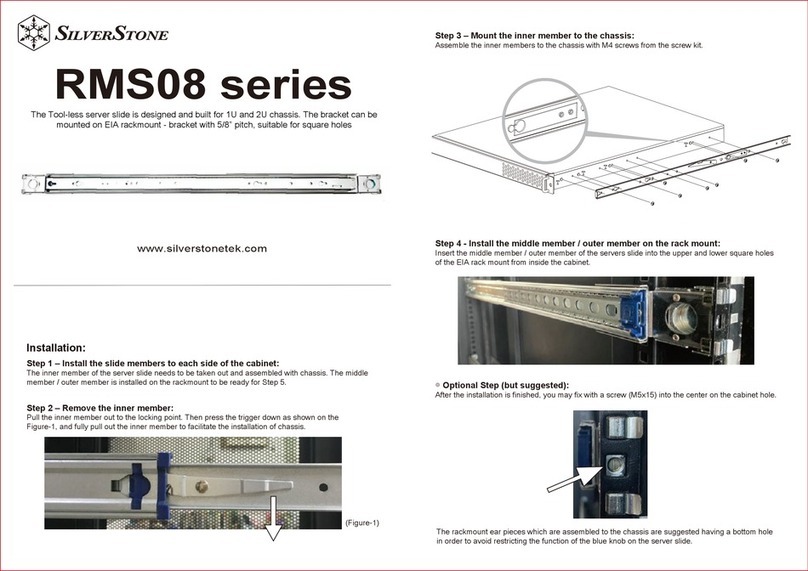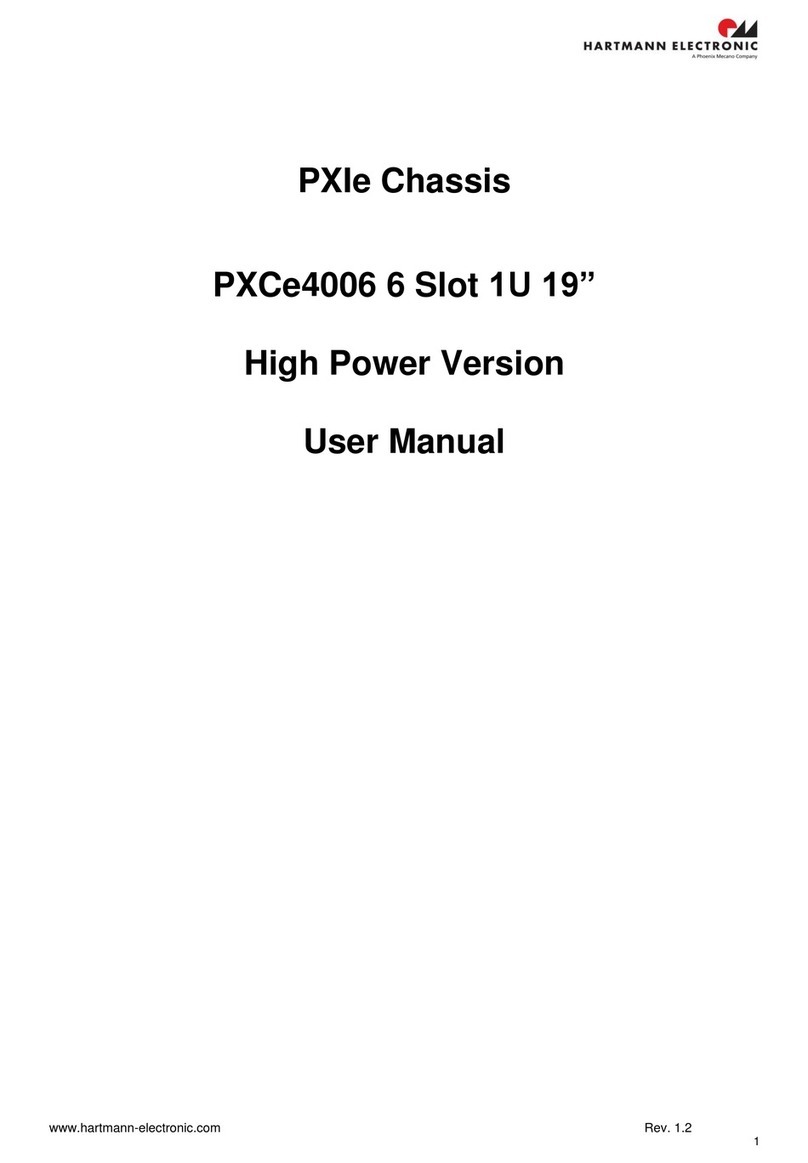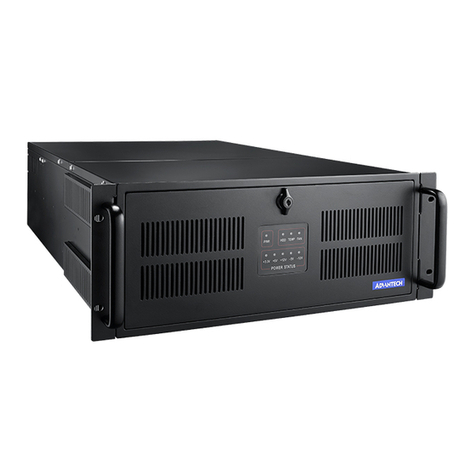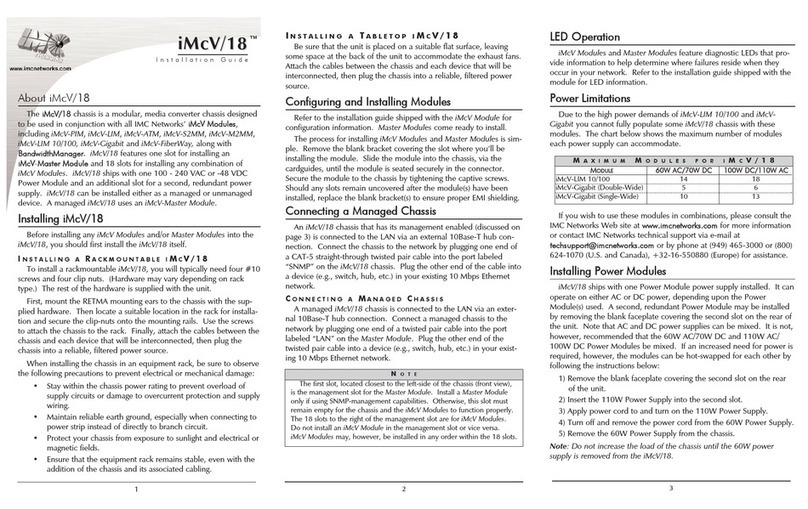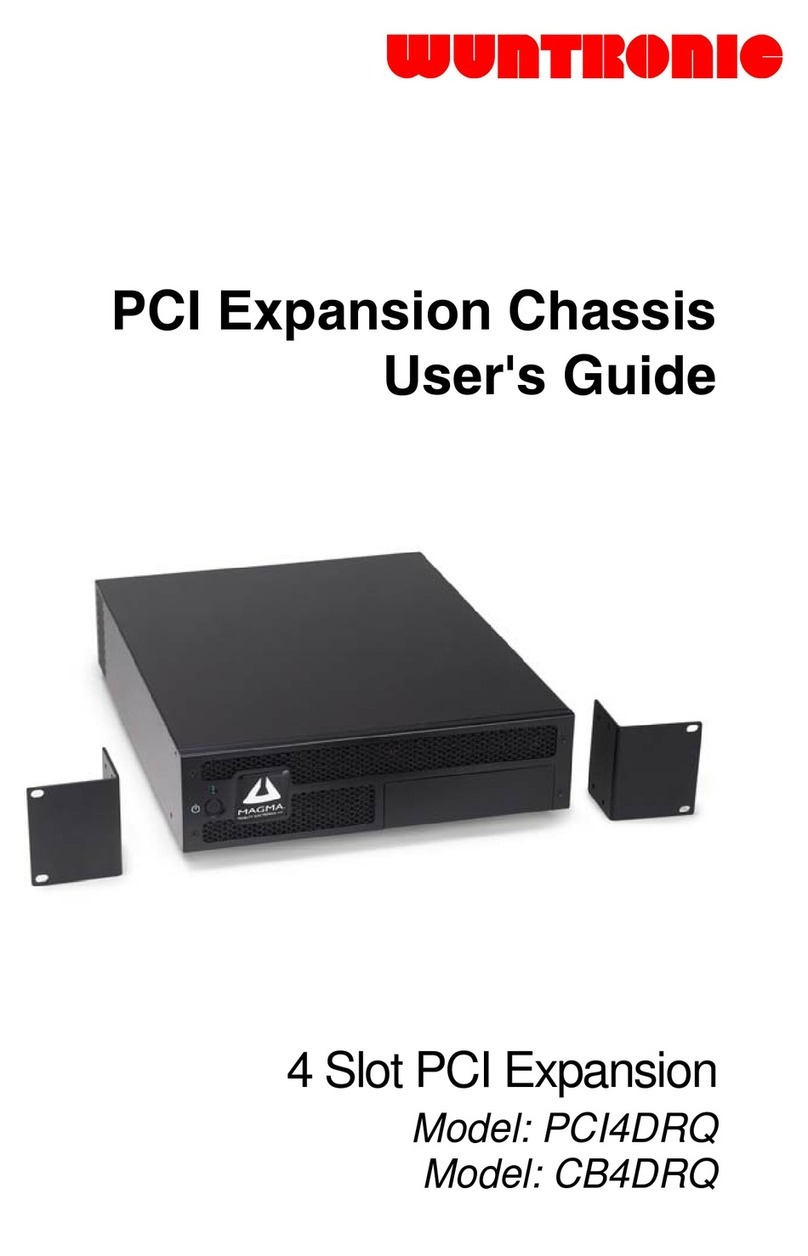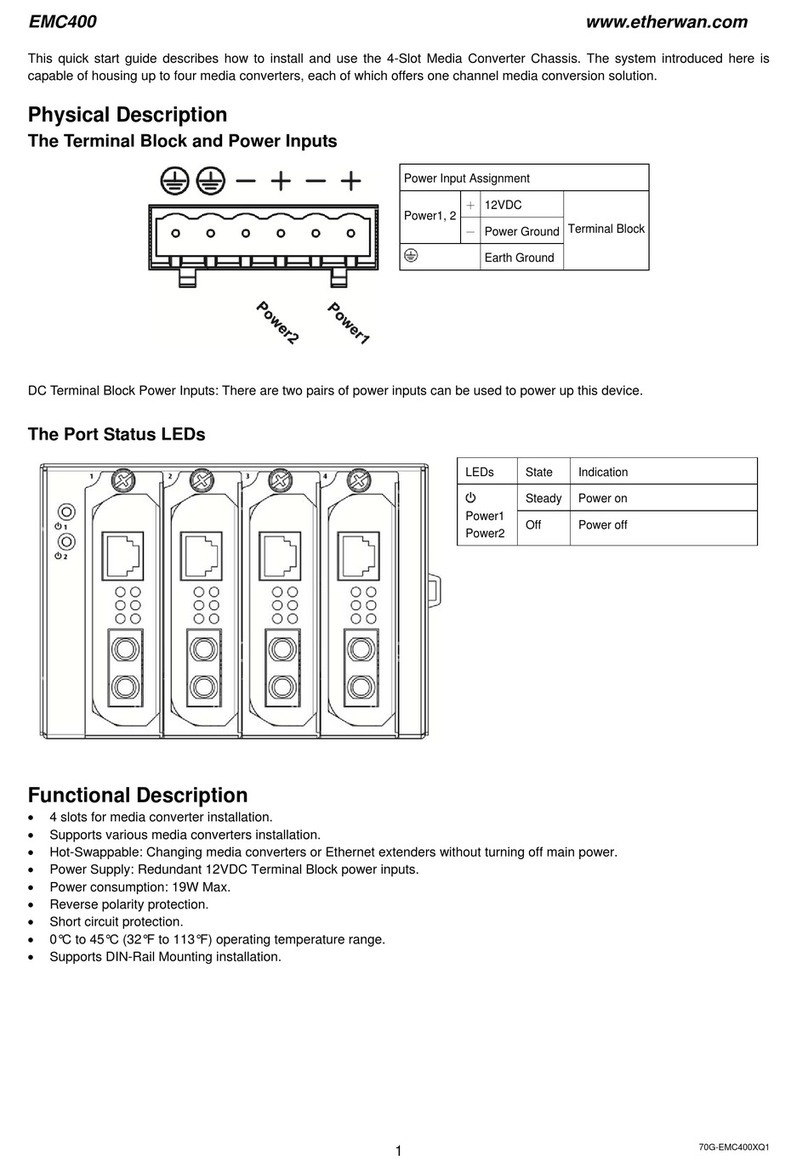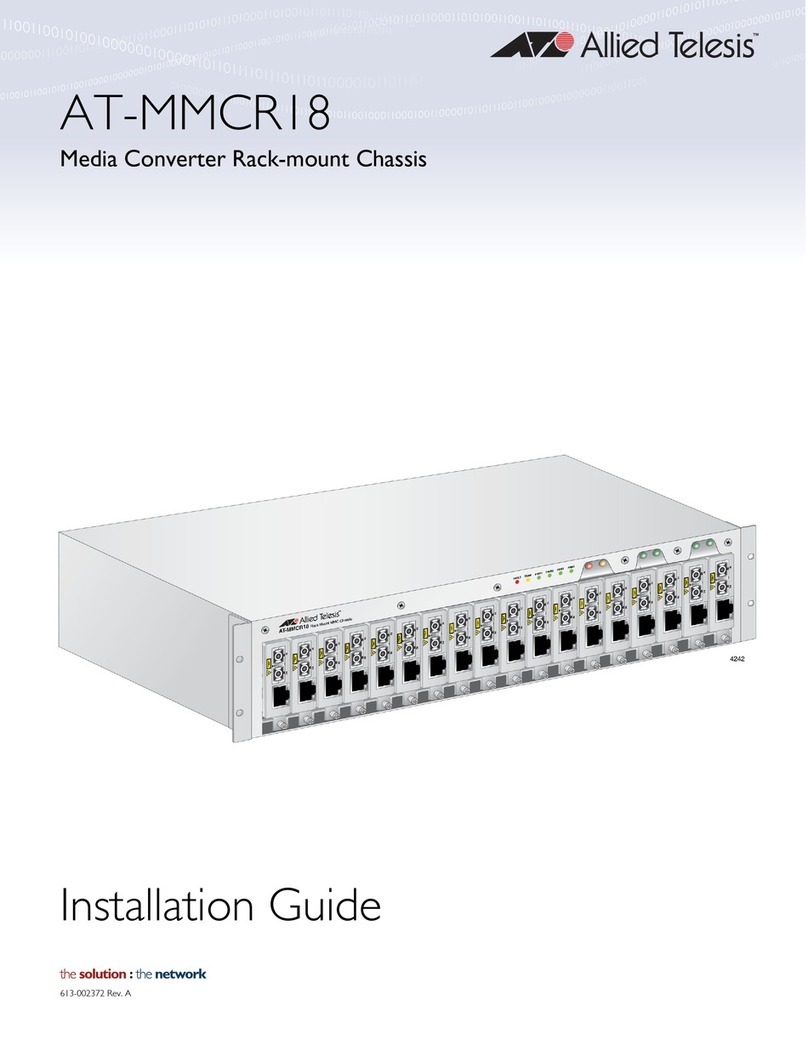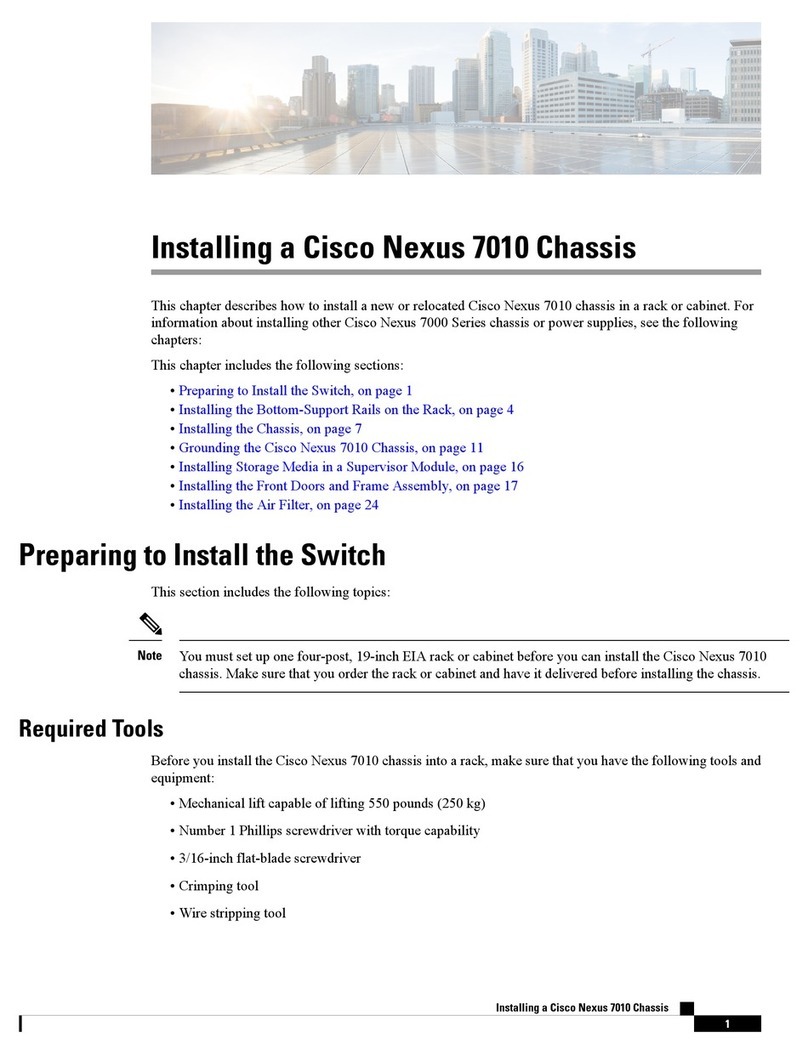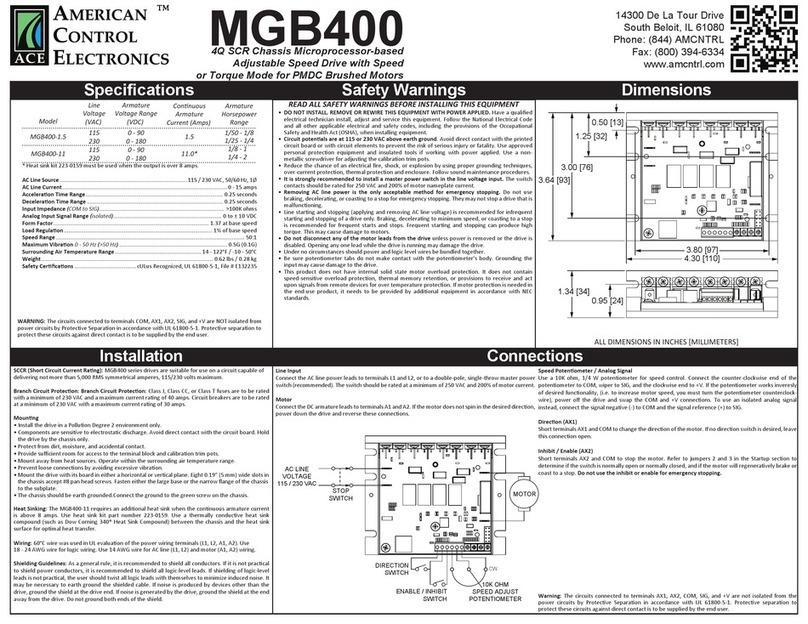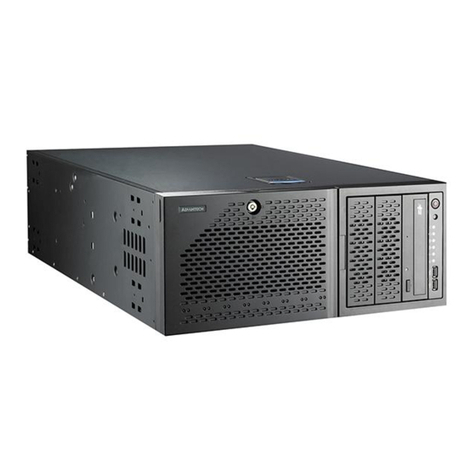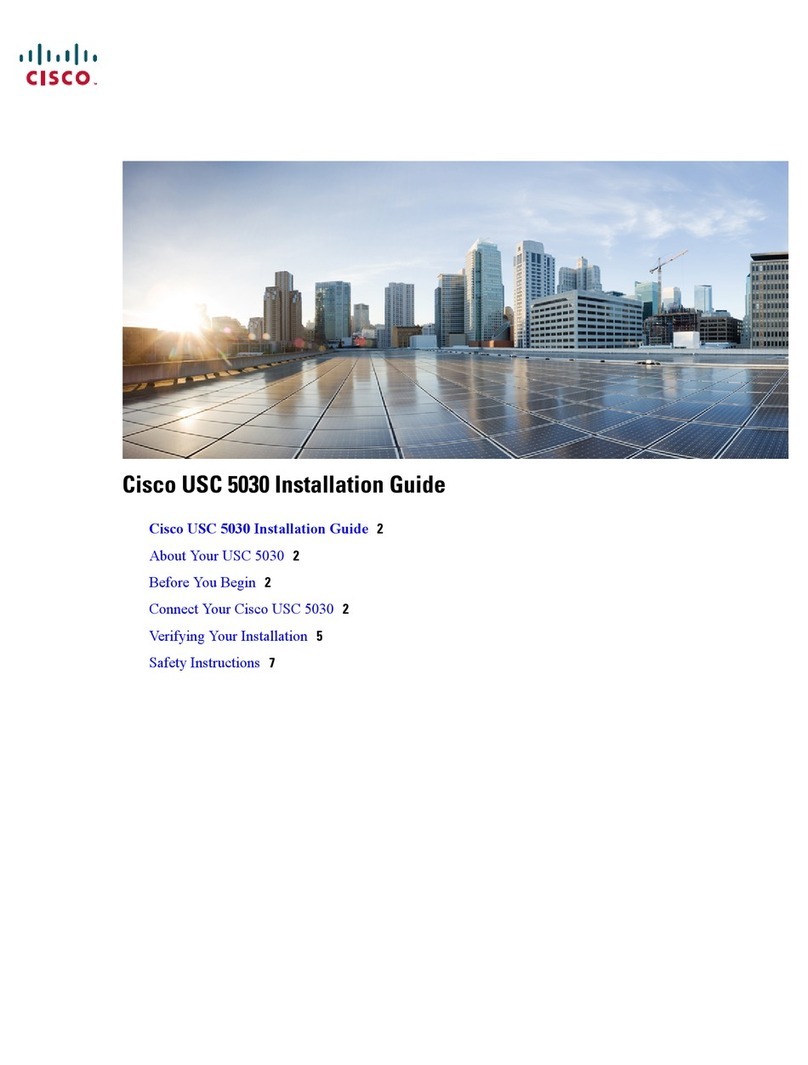
TABLE OF CONTENTS
2
TABLE OF CONTENTS
1 MEANS OF REPRESENTATION........................ 3
1.1 Symbols used ....................................... 3
1.2 Formats used........................................ 3
2 SAFETY ADVICE ............................................... 4
2.1 Use definition –intended use ............... 4
2.2 Misuse................................................... 4
2.3 Safety advice ........................................ 4
2.4 Degrees of risk and symbols ................ 4
2.5 Safe operation....................................... 4
2.6 Work rules............................................. 5
2.7 Environment.......................................... 5
2.8 Owner's Manual.................................... 5
2.9 Correct installation................................ 5
2.10 Chassis tightening torques ................... 5
3 IMPORTANT NOTES ......................................... 6
3.1 Manufacturer and implied warranty...... 6
3.2 Fuel, auxiliary substances..................... 6
3.3 Spare parts, accessories ...................... 6
3.4 Service .................................................. 6
3.5 Figures .................................................. 6
3.6 Customer service.................................. 6
4 SERIAL NUMBERS............................................ 7
4.1 Fork article number............................... 7
5 PREPARING FOR USE...................................... 8
5.1 Advice on preparing for first use........... 8
6 RIDING INSTRUCTIONS ................................... 9
6.1 Checks and maintenance measures
when preparing for use......................... 9
7 SERVICE SCHEDULE...................................... 10
7.1 Additional information......................... 10
7.2 Required work..................................... 10
7.3 Recommended work........................... 10
8 SERVICE WORK ON THE CHASSIS ............... 11
8.1 Raising the motorcycle with a lift
stand ................................................... 11
8.2 Removing standard fork legs .......... 11
8.3 Installing the WP PRO
COMPONENTS fork legs ................ 11
8.4 Bleeding the fork legs ......................... 12
8.5 Cleaning the dust boots of the fork
legs ..................................................... 12
8.6 Removing the motorcycle from the
lift stand .............................................. 13
9 TUNING THE CHASSIS................................... 14
9.1 Checking the basic chassis setting
with the rider's weight......................... 14
9.2 Checking the basic setting of the
fork...................................................... 14
9.3 Adjusting the compression damping
of the fork............................................ 14
9.4 Adjusting the rebound damping of
the fork................................................ 15
9.5 Setting the fork air pressure of the
positive chamber ................................ 15
9.6 Setting the fork air pressure of the
negative chamber ............................... 18
9.7 Measuring the visible inner tube
length of the fork................................. 20
10 TECHNICAL DATA .......................................... 21
10.1 Fork..................................................... 21
11 SUBSTANCES................................................. 23
12 AUXILIARY SUBSTANCES.............................. 24
13 STANDARDS ................................................... 25
14 LIST OF ABBREVIATIONS .............................. 26
INDEX ...................................................................... 27
